The custom injection molding process starts with a conceptual design and ends with a unique product manufacturing. If your product needs to be beautiful or ergonomic, injection molding techniques such as insert molding or over molding may be used to fulfill these requirements.
It may be difficult to figure out which process is best for your custom plastic part. There is a subdivided inlay molding and over molding process.
1. Insert molding
Insert molding is a process of injecting rigid plastic resin into another material (usually metal). The metal block is placed in a tool to inject plastic around it. Plastic packaging inserts can be used to form a molded block, which is usually stronger than a separately assembled molded block. An example of insert molding (a white blower wheel)
This process is most commonly used for custom machined metal parts, such as threaded fasteners and electrical parts.
There is no chemical bond between the metal insert and the plastic, so the insert and the resin component must be designed as a mechanical bond. Molding the metal around the plastic using insert molding is more controllable than other methods, resulting in better encapsulation.
Molded inserts eliminate the need for a secondary insert installation process, making it more time-saving and economical. Here are some common benefits of insert molding:
- Avoid secondary assembly operations, such as bonding and fastening.
- To create design features and functions, plastic cannot be used alone.
- The encapsulating process can increase the strength and durability of the parts.
2. Overmolding
Overmolding is the process of adding another layer of resin to an existing plastic part. This process adds features that cannot be provided by a single piece of plastic. An example of overmolding (red casters)
Rubber-like materials (usual elastomers) add a soft feeling, functionality, and ergonomic appeal to hard surfaces. This improves the grip of hand-held objects. One example is the toothbrush. Toothbrushes are usually made of a hard plastic center and a soft plastic handle.
Adding various colours or surface treatments to the assembly of parts is another way to enhance or change the appearance by overmolding. There are two main overmolding methods:
- Double barrel molding uses a single production mold.
- Pick-n-place molding uses two production molds, in which a whole batch of parts is molded.
Then, they were manually placed into the second mold, where the mold resin was injected to produce the finished part. For overmolded materials, there are thousands of possible combinations. The resin must be viscous and compatible with each other for the process to take effect.
If the purpose of using over-molding is to increase the grip of the product or increase cushioning, make sure that the injection molding company knows these goals. Factors such as cushioning, elasticity, and friction will affect the type of resin used in the product.
Benefits of overmolding:
- It can provide a soft, non-slip grip for your product.
- It acts as an environmental barrier against shock, vibration and noise.
- It creates a colorful, visually appealing surface.
- It reduces the number of secondary steps and related costs, thereby reducing the complexity of assembly.
- Provide bonding between different materials, no need to assemble different materials manually.
3. Conclusion
Insert injection molding and overmolding are similar to some extent but are obviously different forms of multi-material injection molding. To choose the process, function, and result that best matches your project.
Holly focuses on all aspects of the process from concept to consumer. We can design, manufacture, produce and distribute your parts. From insert molding to over-molding and more, we can help you produce your customized plastic parts.

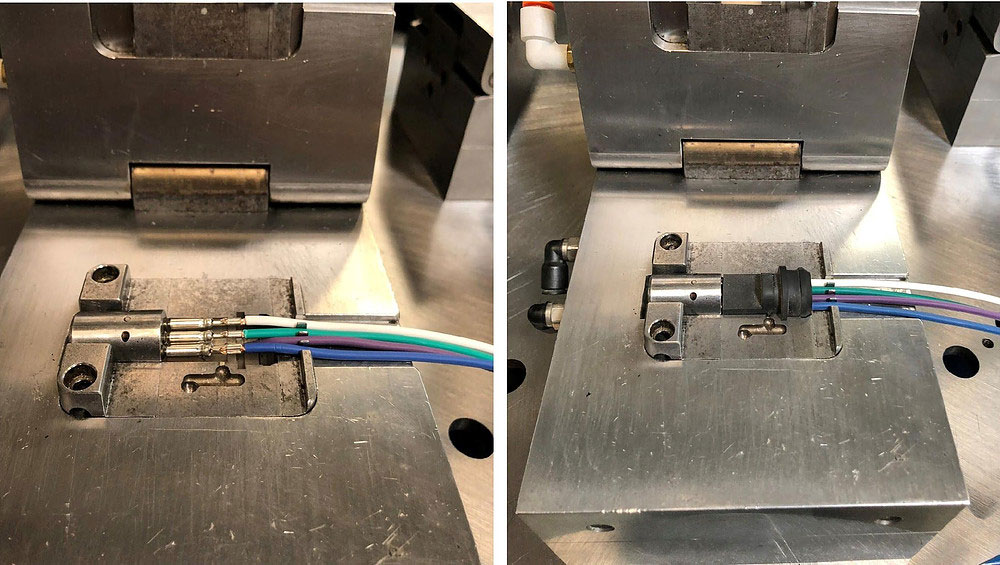
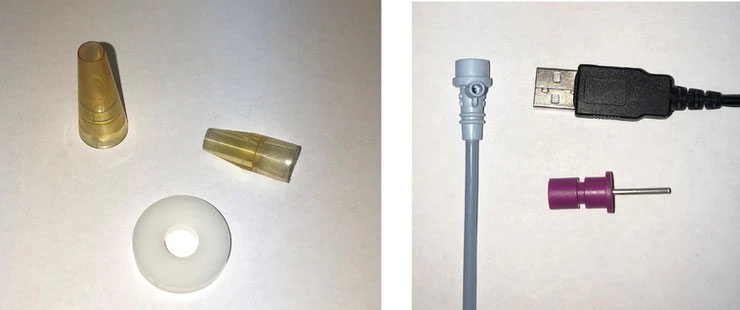
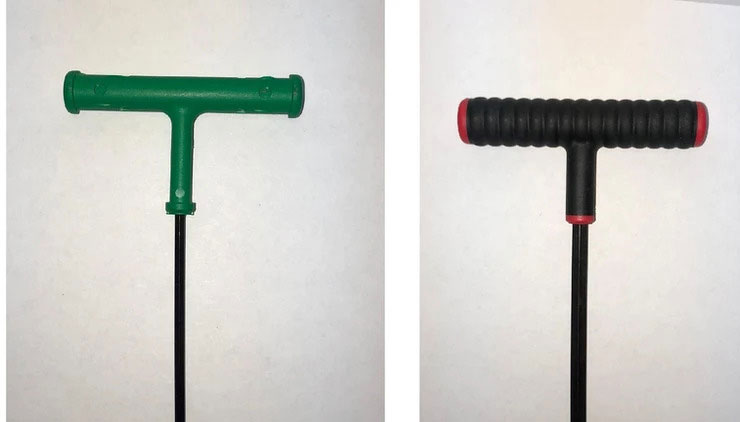
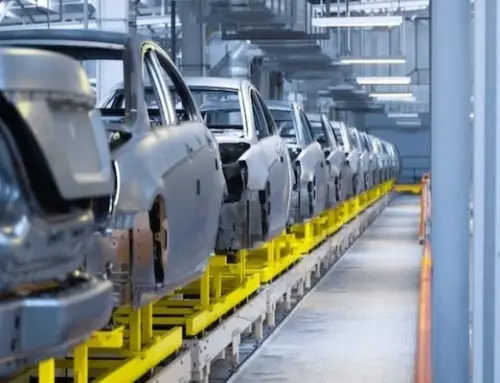
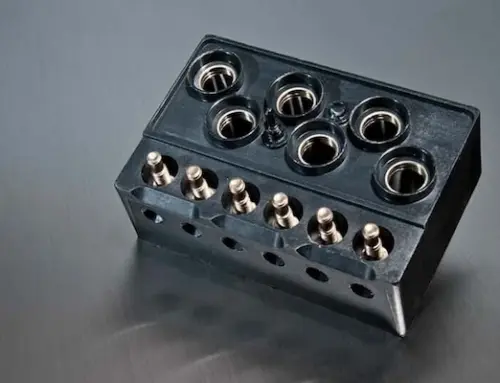
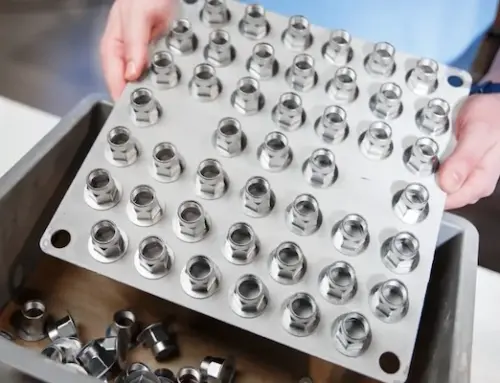
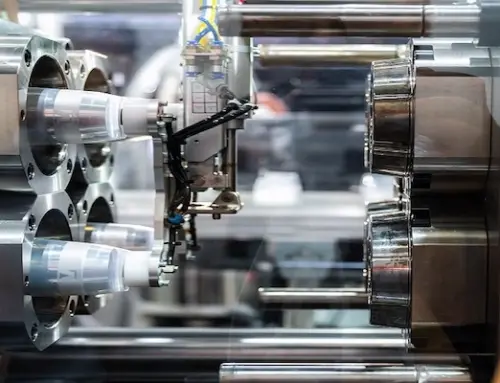
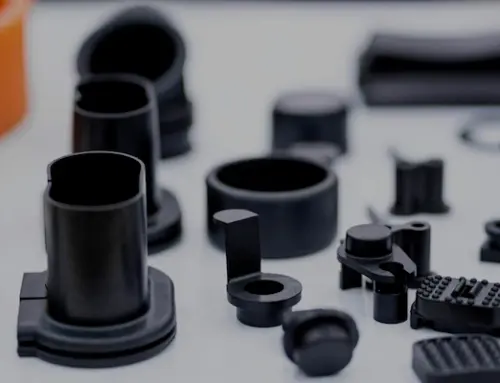
Leave A Comment